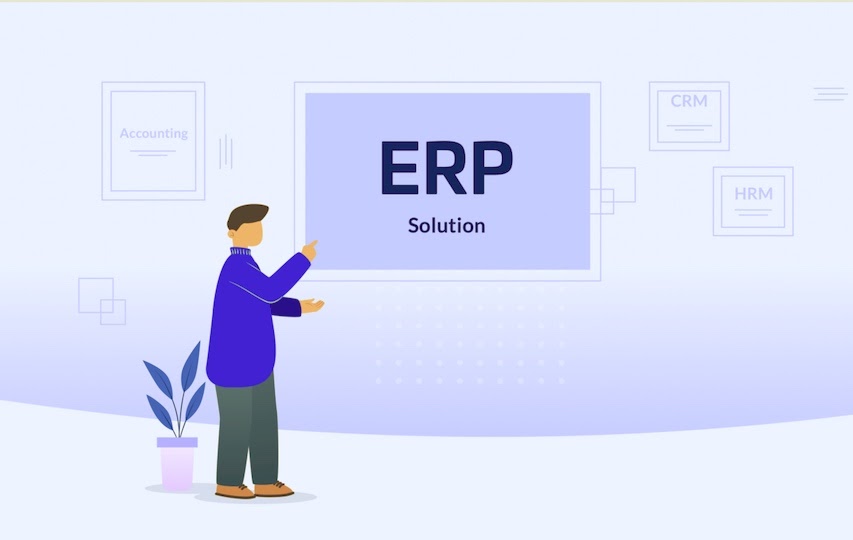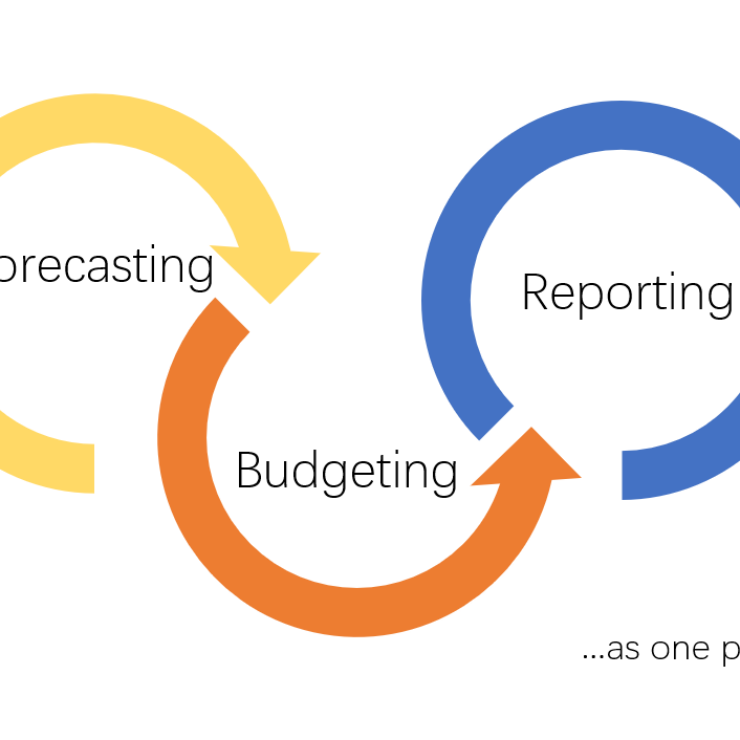In the rapidly evolving landscape of business, organizations are realizing the paramount importance of data-driven decision-making to stay competitive and agile. Leveraging robust Enterprise Resource Planning (ERP) systems has become a cornerstone for businesses aiming to streamline operations and harness the power of data analytics. In this blog, we will explore the transformative impact of OpenScope ERP Analytics on data-driven decision-making through a detailed case study, shedding light on the innovative Word Approach employed by the platform.
Understanding Data-Driven Decision-Making
Data-driven decision-making involves utilizing a wealth of data generated by various business processes to inform and guide strategic and operational decisions. With the advent of ERP systems, organizations gained the ability to consolidate data from disparate sources into a centralized repository, providing a holistic view of their operations. OpenScope ERP Analytics takes this a step further, offering advanced analytics tools that empower businesses to extract actionable insights from their data.
Case Study: Company X Adopts OpenScope ERP Analytics
Let’s delve into a real-world scenario where Company X, a global manufacturing firm, implemented OpenScope ERP Analytics to enhance their decision-making processes. The company faced challenges in managing its complex supply chain, optimizing production schedules, and identifying areas for cost reduction. OpenScope ERP Analytics presented a comprehensive solution, promising to address these challenges through its innovative Word Approach.
The Word Approach: Unveiling the Power of Contextual Insights
OpenScope ERP Analytics employs a unique methodology known as the Word Approach, a cutting-edge technique that goes beyond traditional data analysis. Instead of focusing solely on numerical data, the Word Approach incorporates textual data, enabling organizations to gain insights from unstructured information such as customer feedback, employee comments, and market trends.
Data Integration and Centralization
Company X initiated the implementation process by integrating its existing data sources into the OpenScope ERP system. This step involved consolidating data from diverse departments, including finance, production, sales, and customer service, into a centralized repository. This integration laid the foundation for a unified data environment, essential for meaningful analysis.
Contextualizing Numerical and Textual Data
The Word Approach stands out in its ability to contextualize numerical data with textual information. For instance, when analyzing sales figures, OpenScope ERP Analytics doesn’t just consider revenue numbers. It also incorporates customer feedback, reviews, and comments related to specific products or services. This integration of qualitative and quantitative data provides a more comprehensive understanding of business performance.
Advanced Natural Language Processing (NLP)
A key component of the Word Approach is its utilization of advanced Natural Language Processing (NLP) algorithms. These algorithms enable the system to analyze and interpret textual data, extracting meaningful insights. In the case of Company X, OpenScope ERP Analytics processed customer reviews and comments, identifying recurring themes, sentiment patterns, and areas of improvement.
Dynamic Visualization and Reporting
OpenScope ERP Analytics excels in transforming complex data sets into visually appealing and easy-to-understand reports. The platform offers dynamic visualization tools that allow decision-makers at Company X to explore trends, correlations, and outliers. The Word Approach’s unique contribution is evident in the generation of word clouds, sentiment analysis charts, and thematic maps, providing a holistic view of both numerical and textual insights.
Predictive Analytics and Decision Support
Beyond retrospective analysis, OpenScope ERP Analytics utilizes predictive analytics to forecast future trends and outcomes. By incorporating the insights derived from the Word Approach, Company X can anticipate customer preferences, market shifts, and potential challenges. This foresight empowers the organization to make proactive decisions, staying ahead of the competition.
Benefits Realized by Company X
The adoption of OpenScope ERP Analytics and the implementation of the Word Approach yielded significant benefits for Company X:
Enhanced Customer Satisfaction: By analyzing customer feedback and sentiment, Company X identified product features that resonated positively with customers. This insight guided product development efforts, leading to improved customer satisfaction and loyalty.
Optimized Supply Chain Management: The Word Approach revealed hidden inefficiencies in the supply chain, as employees’ comments highlighted logistical challenges. Company X used this information to reconfigure its supply chain, reducing costs and improving overall efficiency.
Improved Employee Engagement: Employee feedback, often overlooked in traditional analytics, played a crucial role in identifying areas for process improvement. The Word Approach brought employee comments to the forefront, leading to initiatives that enhanced workplace satisfaction and productivity.
Strategic Decision-Making: With a comprehensive view of both quantitative and qualitative data, the leadership team at Company X made strategic decisions with confidence. The Word Approach enabled them to consider the human element in data analysis, resulting in more informed and empathetic decision-making.
Conclusion
The case study of Company X’s experience with OpenScope ERP Analytics and the innovative Word Approach underscores the transformative potential of data-driven decision-making. In a business landscape inundated with data, organizations that embrace advanced analytics techniques gain a competitive edge by uncovering hidden insights and fostering a culture of continuous improvement.
OpenScope ERP Analytics, with its Word Approach, exemplifies the evolution of ERP systems from mere data repositories to intelligent platforms that harness the power of both numerical and textual data. As businesses navigate the complexities of the modern marketplace, the synergy between ERP systems and advanced analytics becomes indispensable for not only surviving but thriving in an era where data is king.




